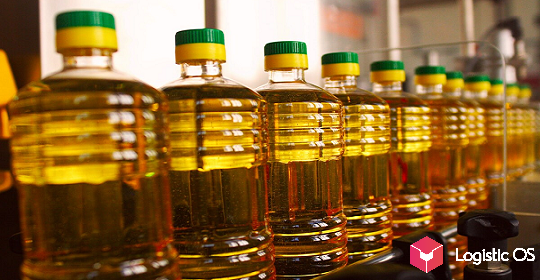Fresh water scarcity in Turkey has recently become a significant problem, so a revision of agricultural practices in the country is required.
Turkish Agriculture Minister Ibrahim Yumakli said that Turkey is already facing water shortages. And if the situation does not change, then in just a few years it could turn into a water-poor country.
At the same time, a significant share of the country’s water resources is consumed by agriculture, the minister emphasized.
He also noted that over 22 years, Turkish agriculture has made a significant step forward; the country currently provides food to 85 million of its own citizens and 60 million tourists.
Türkiye does not forget about exports.
“In addition, by exporting 2,200 products to 212 countries and regions in 2023, we contributed $31 billion to our country.
Our country ranks first in Europe and is among the ten largest countries in the world with agricultural products worth $69.2 billion.
In all these achievements, agriculture and the supply of resources that industrial sectors provide to each other have a great influence,” the minister added.
This was largely possible thanks to significant support from the state, since about 1.6 trillion liras were allocated to the agricultural sector.
In addition, 93 million hectares of agricultural land are protected by state support.
However, there is still a lot of work ahead, Yumakli notes. In particular, we need to focus on popularizing advanced agricultural practices, integrating agriculture and industry, and focusing on rural development.
Grants worth 95 billion liras have already been allocated for all this.
Experts also emphasize that agriculture in many countries has recently faced new challenges. This includes increased consumption, rising logistics prices, and monopolization of agriculture.
Another powerful trend that has become increasingly noticeable in recent years is climate change, and Turkey has already experienced it as droughts have become more frequent and intensified.
All this makes us think today about how to maintain existing production volumes while reducing water consumption.
The overall goal is to achieve water savings of around 50%.
To achieve this, it is proposed to take a number of water saving measures, with an emphasis on “zero water losses” and “zero discharges”, including through wastewater and water recycling and cyclical water use.

